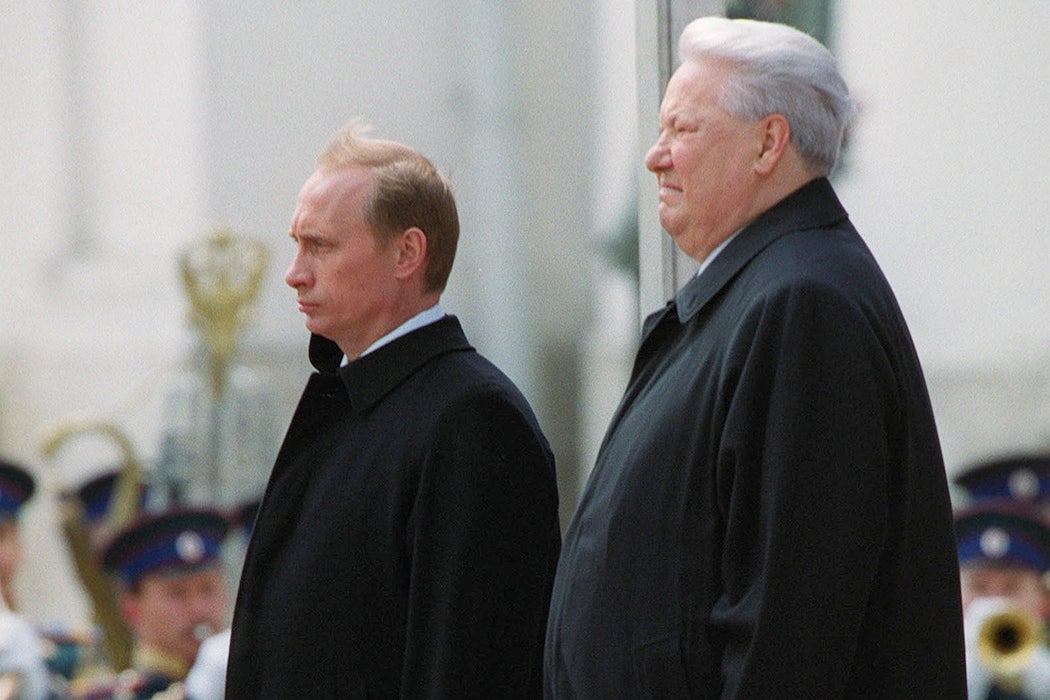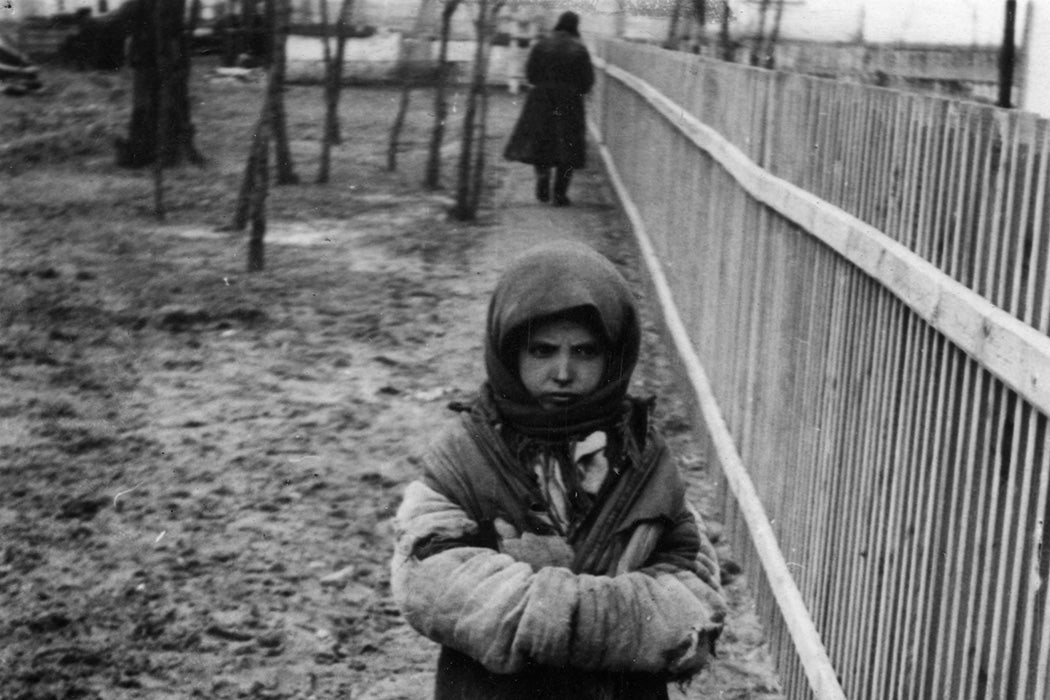What happened to Russia at the collapse of the USSR in 1991? Reforms sparked by the final Soviet leader, Mikhail Gorbachev, seemed to be ushering in the birth of democracy. An attempted coup by the Soviet old guard was soundly repulsed. Yet a quarter of a century later, it’s clear that the real coup wasn’t led by tanks. Autocracy is firmly in command again.
But autocracy wasn’t necessarily Russia’s destiny, writes political scientist Michael McFaul: “Russia’s present system of government did not result inevitably from historical structures—that is, from cultural, geographic, or socio-economic inheritances from its Soviet or tsarist past.”
McFaul summarizes the reasons for the rise of Russian autocracy as threefold. First, revolutionary change simply “made democratic emergence less likely” in the chaos of “empire collapse, political change, and economic transformation,” as the USSR broke up into fifteen newly independent states. The economic collapse of the Russian portion of the old USSR has been described by the World Bank as much worse than the Great Depression in the United States. As McFaul relates, “Crime rates spiked; life expectancies, especially for men, dropped dramatically; and illegal drug use soared, fueling a growing AIDS crisis.”
Second, Russian elites “made decisions that first promoted democracy, but then undermined democracy and encouraged autocracy.” An example of this was the “super-presidential” powers embodied in the 1993 constitution, which set the stage for any autocrat wiling to to use them.
Third, “legacies from the Soviet era provided institutional material for autocratic restoration.” Vladimir Putin himself was a KGB apparatchik, able to draw on a corrupt and totalitarian police force. The KGB had been discredited by its role in the 1991 coup, but it bounced back with a vengeance, shedding only its Soviet name.
McFaul writes that Russian autocracy came down to people: “Individual choices at pivotal moments pushed Russia towards a more autocratic path and then produced a reordering of preferences and power in favor of continuity with this new autocratic arrangement. Actors, not structures, were the drivers of these changes—both towards democracy and then away from it.”
For McFaul, “the single, most consequential choice in Russia’s return to autocracy was Yeltsin’s decision to select Putin as his successor.”
Putin was named prime minister by Yeltsin in August 1999, when he was still “virtually unknown” outside the halls of the secret police. Yeltsin then named him interim president at the beginning of January 2000. The KGB officer “had strong, clear preferences for reducing autonomous political activity in Russian; Yeltsin enabled him to do so.” Putin’s consolidation of power after his election in March 2000 began with taking over independent television networks and attacking those oligarchs, potential leaders, and funders of alternate power structures who weren’t already aligned with him.
Weekly Newsletter
“Choices made by elites started the process of democratization,” writes McFaul, but “never generated institutional lock in.” Democracy wasn’t given a fighting chance. Russian elites “never produced a new, stable, powerful coalition in favor of a new political system, in part because of some other non-democratic choices [they] made in parallel.”
As McFaul concludes, “Russia’s autocratic institutions seem stable, sticky, and stuck, albeit tied closely to the one man most responsible for creating them. The centrality of Putin for creating and sustaining Russia’s current political order suggest that this system will not last long beyond his tenure in the Kremlin.”








